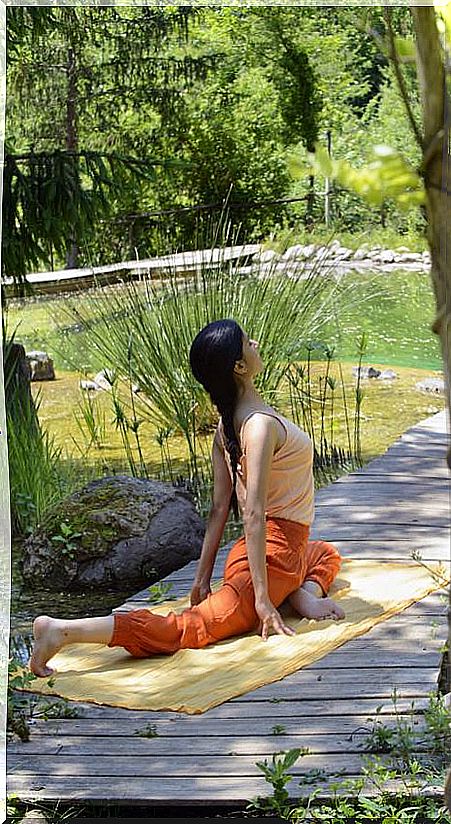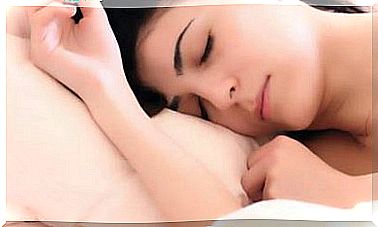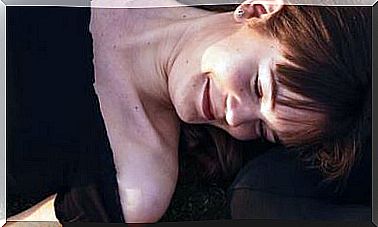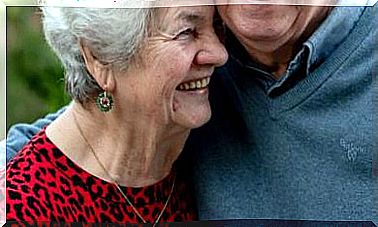13 Stretches For A Well Aligned And Tension-free Spine

Recover the natural curvature of the back
When curvatures are increased or straightened, there is an inadequate alignment that subjects the vertebrae to mechanical stress. In this way, wear processes take place in the posterior joints of the spine (the facet joints) and pathological processes such as dehydration, disc degeneration, disc protrusion or herniation, osteoarthritis and nerve impingement begin.
It is important to have an accurate diagnosis regarding the alignment of the curvatures. Many people, especially women, believe that they have too accentuated lumbar curvature due to the fact of having a muscular volume or a slightly accentuated accumulation of fat in the buttocks; That is why they tend to push the pelvis inward (which is colloquially called “relaxing the lumbar” or “lengthening the spine”), both standing and sitting.
But that gesture is far from benefiting the spine. What is usually achieved in this way is what is technically called a lumbar rectification, a very widespread affectation today, already observable in school-age children.
When the lumbar curvature decreases, the load of the weight channeled by the spine is not transmitted homogeneously throughout its structure and mainly presses the anterior face of the vertebral discs, which leads the vertebral discs to lose their thickness and is considered the main route which leads the discs to bulge and herniate.
In addition, this excessive lumbar straightening densifies and shortens the myofascial tissue in its form of spinal ligaments and makes sitting upright and adequate more and more difficult, precisely because the fasciae have become dense, dehydrated and inflexible. over the years.
The harmful effect of lumbar straightening does not end here, but continues to affect other levels, such as breathing.
The loss of lumbar curvature is usually accompanied by an accentuation of the dorsal curvature (hyperkyphosis) and, therefore, the closure of the rib cage, which decreases the respiratory volume. Thus, fullness in breathing is lost because the diaphragm sees reduced the space it has to go down and up; This makes the breathing shallower and invites the mind to adopt a more restless and restless attitude.
Hence the importance of properly aligning the spine, which will help you with the stretches that we have offered. With good alignment, the diaphragm can be placed in its optimal functional position, with maximum space to move freely, which promotes good emotional attunement.
Attitude also affects posture
Good physical alignment begins with attitude, since the meaning we give to life in general and to ours in particular directly affects physical posture. The body somatizes the thoughts, the continuous internal dialogue and the vital attitude.
For this reason, to be well aligned or “sit well” it is not enough to stretch and follow the advice offered on the best way to sit, but rather to evaluate the pillars of life : its meaning and trajectory, beliefs or convictions. , the faith you have, the role of love (both the definition and its daily practice, which includes tolerance and forgiveness) …
It may be advisable to carry out this work of personal growth with a professional or in a group. In this way, in addition to being able to assess other different perspectives, consistency is ensured and a supportive environment is created.
The physical alignment
Regarding physical alignment, we must remember that there is no perfect body alignment for everyone. There is no rigid and approved correct pattern that is suitable for any type of morphology, age, degeneration and pathological process, emotional pattern, sports activity, work situation, etc.
We all have abnormalities and asymmetries in joint alignment and muscle tension, even without being aware of it (one shoulder higher than another, flat or cavus feet, scoliotic curvatures, abnormal pelvic position, a tendency to lean the body forward, even sitting, etc.).
It must be borne in mind that if our body is organized in a certain way it is because it is the most balanced position it has been able to achieve within the imbalance in which it finds itself. A good part of the pain caused by joint anomalies and myofascial tensions are nothing more than mechanical conflicts caused by the inability of the body to offer an adaptive mechanical response that maintains the functionality of the structures involved.
It must be remembered that the improper use of the body is one of the most important factors in terms of the appearance of common painful and pathological processes of the musculoskeletal system.
In this sense, it is important to find a balance, on the one hand, between trying not to control the body (especially if a professional has not been consulted) and, on the other, in putting your bone structure in its proper position. It is not only about not making your anomalies worse, but also about improving and avoiding the development of joint degeneration and muscle contractures.
For optimal use of the body there are basic and practical tools that aim to align the bone structure and, therefore, the muscles in the most physiological way possible. The stretches that we have proposed are an example.
IF YOU WANT TO START PRACTICING YOGA …
If you want to get started in the practice of Yoga, in an easy and safe way, start with the most complete online course for beginners of the Body Mind School, Initiation to Yoga with Eva Roca.









